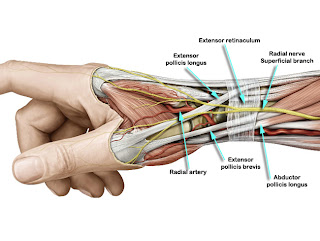Trunk muscle response to various protocols of lumbar traction
A unique study came across my browsing eye in pubmed by Cholewicki J et al (2008). This study was so unique that no other links are sited in pubmed at this point of time.
The purpose of this study was to compare trunk muscle activity, spinal decompression force, and trunk flexibility resulting from various protocols of spinal traction.
The effects of (1) sinusoidal, triangular, square, and continuous distraction-force waveforms, (2) 0, 10, 20, and 30 degrees of pull angle, (3) superimposed low, medium and high frequency force oscillations, and (4) sham traction ware studied on 19 healthy subjects volunteers.
The study consisted of Surface EMG was recordings during traction and later was used in a biomechanical model to estimate spine decompression force. Trunk flexibility was measured before and after each treatment.
The findings ware as follows:
1. There were no differences in muscle activity between any of the experimental conditions except the thoracic erector spinae muscle, which had lower EMG during continuous compared to sinusoidal distraction-force waveform (p=0.02).
2. Thoracic and lumbar erector spinae muscles were significantly less active during sham than real traction (p=0.01 and p=0.04, respectively).
3. The estimated L4-L5 spine compression force was 25N.
4. Trunk flexibility decreased after each experimental session (p=0.01), and there were no differences between sessions.
This study suggested that the trunk muscle activity is minimal and further it point toward fluid exchange in the disc as one of the key biomechanical effects of spinal traction.


Comments
Post a Comment